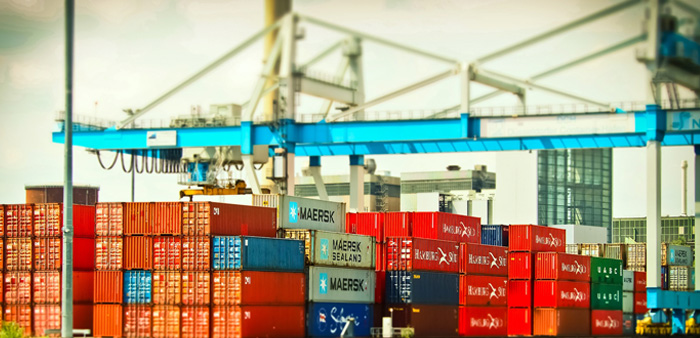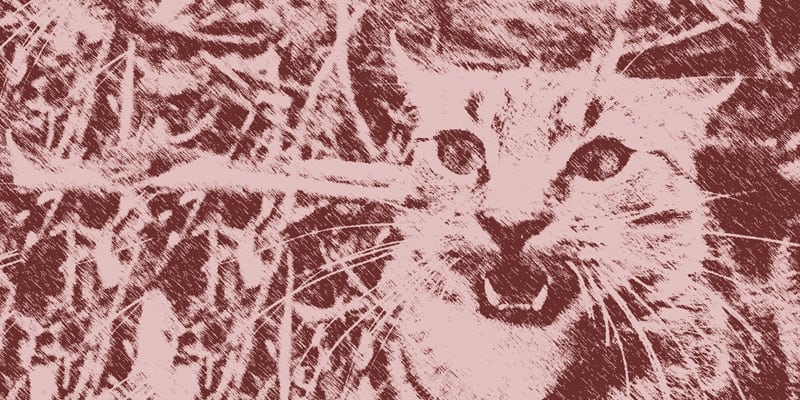
The May federal budget brought some welcome news but we aren’t celebrating yet.
In our work to stop new invasive species impacting on the Australian environment, we have come to realise it is vital to get a strong environmental voice embedded in the country’s biosecurity system. That voice would bring an ecological perspective to complement the agricultural view that dominates most biosecurity decision-making today.
The panel headed by Wendy Craik that reviewed the national biosecurity system in 2017 understood this structural weakness and argued community and biosecurity considerations should be comparable to human health and primary production. Among the recommendations to strengthen the environmental focus were a Chief Environmental Biosecurity Officer, a stronger role for environmental agencies and work to identify and prepare for priority environmental risks.
Unblocking the funding impasse
A major obstacle to improving environmental biosecurity is funding. The federal environmental department has had successive budget cuts since at least 2011, reducing its capacity to play a more active role in biosecurity, while the $334 million boost for biosecurity over four years between 2015 and 2019 from the Agricultural Competitiveness White Paper mostly went to help local producers access overseas markets. There was no targeted environmental biosecurity program.
This may be set to change. The national biosecurity review recommended new revenue sources for the “most underfunded” parts of the biosecurity system: “strengthening environmental biosecurity activities, national monitoring and surveillance activities, [research and innovation] and national communications and awareness activities”.
Of five potential new revenue sources proposed, the most important was a levy on shipping containers imported into Australia, for the purpose of “improving environmental biosecurity and national monitoring and surveillance”.
Over the past year, the Invasive Species Council has built support for this levy. National conservation groups joined our advocacy and many agricultural groups such as the National Farmers Federation supported the new revenue sources.
A container levy game-changer
The May federal budget brought some very welcome news. The federal government will introduce an import biosecurity levy, starting in July 2019. It consists of a $10.02 levy per twenty-foot container (or equivalent) and $1 per tonne for non-containerised cargo.
The levy should raise $115 million in the first year, $120 million in the second and $125 million in the third, reflecting the rising volume of containerised imports. It is consistent with the oft-stated government principle of ‘risk-creator pays’ and relatively easy to collect. As the number of imported containers grow, so does the revenue available.
But, worryingly, it is unclear if these new funds will benefit environmental biosecurity.
Money for the underfunded?
Does the May federal budget direct the approximately $120 million raised each year from the new levy to the underfunded areas identified in the national review? Will environmental biosecurity receive targeted funds?
It is difficult to tell, but it appears that most of the new levy will be absorbed into the agriculture department’s budget. Over the coming four years we have only been able to identify a total of about $100 million of new funding directly relating to biosecurity. This includes the Tasmanian fruit fly incursion, operating the Australian Animal Health Laboratory, managing impacts of established pest animals and weeds on the agricultural sector and developing a forest industry biosecurity plan. It also includes $51.5 million over four years for ‘Priority Pest and Disease Planning and Response’ as part of the yet-to-be announced Australian Agriculture and Export Growth Plan. This doesn’t sound like environmental biosecurity, but it is from this $51.5 million that new funds for environmental biosecurity could come. No other new initiatives were announced to account for the rest of the levy.
There is no sign that the other revenue raising measures proposed by the national biosecurity review will be implemented and the Agricultural Competitiveness White Paper funding runs out in July 2019. State governments, which play a critical role in supporting national efforts, were asked by the review to at least maintain their 2016-17 biosecurity funding levels for five years, and to apply land-based levies for properties greater than two hectares. This has not yet occurred. All these factors will put increasing pressure on already stretched biosecurity budgets.
The state, territory and federal governments are in the process of deciding which of the 42 recommendations of the 2017 national biosecurity review to endorse as part of a new intergovernmental agreement. Most governments have been reluctant to reveal their positions prior to the agreement’s finalisation (promised for later this year), but the Western Australian government has written to the Invasive Species Council confirming it supports all six recommendations critical to strong environment biosecurity.
Unless a major part of the new biosecurity import levy goes to environmental biosecurity, Australia will be kept waiting for the full safety net it needs to keep new harmful invasive species arriving from overseas.




